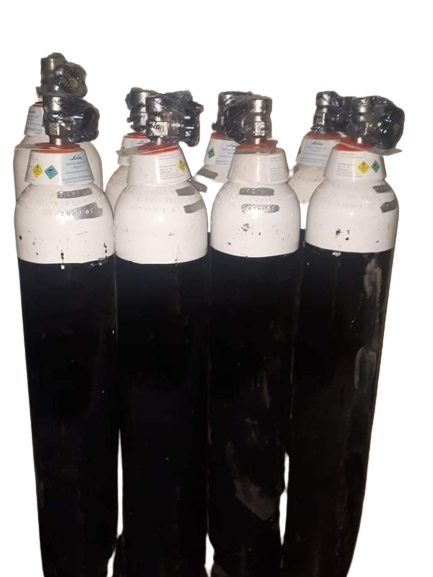

Using an oxygen cylinder involves several important steps to ensure safety and effective administration of oxygen. It’s important to note that handling and using oxygen cylinders should be done by trained individuals, typically healthcare professionals or trained caregivers. Here is a general procedure for using an oxygen cylinder:
We use cookies to enhance your browsing experience, serve personalized ads or content, and analyze our traffic. By clicking "Accept All", you consent to our use of cookies.